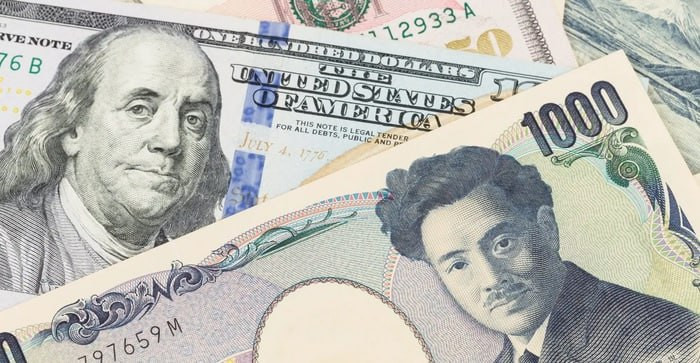Vea también


 16.07.2025 08:47 PM
16.07.2025 08:47 PMAt this stage, the Japanese yen has paused its decline against the US dollar. However, further strengthening of the yen in the near term appears unlikely. The key factors influencing the situation include uncertainty in Japan–US trade relations and the reduced likelihood of an immediate rate cut by the Federal Reserve.
Recent public opinion polls indicate that Japan's ruling coalition—comprising the Liberal Democratic Party and the Komeito party—may lose its majority in the upcoming Upper House elections scheduled for July 20. This could increase both fiscal and political risks for the country and complicate trade negotiations amid the impending US tariffs on Japanese exports.
Last week, US President Donald Trump reignited trade tensions by sending notices to major trading partners, including Japan, outlining new tariffs that are set to take effect on August 1. As a result, Japanese exports now face the threat of 25% tariffs on all goods shipped to the US—a situation further exacerbated by stalled bilateral negotiations, especially concerning the protection of Japan's rice market.
This is unfolding against a backdrop of slowing economic growth in Japan. Declining real household incomes and signs of weakening inflationary pressure present additional challenges for the Bank of Japan's policy implementation. Consequently, the yen remains weak against the US dollar despite some domestic support factors.
At the same time, following the release of strong June employment data, traders have lowered expectations for a Fed rate cut this month. The rise in US consumer price inflation to 2.7% year-over-year in June, along with a core CPI increase to 2.9%, has reinforced the view that the Fed will likely hold off on cutting rates until the fall or later.
Comments from Federal Reserve officials underscore the need to maintain a tight monetary policy to combat inflation. The increase in US Treasury yields reflects heightened expectations that interest rates will remain elevated in the near term.
Overall, the current fundamental backdrop suggests that the USD/JPY pair is likely to continue its upward movement.
From a technical perspective, while oscillators on the daily chart remain in positive territory, the path of least resistance for the pair remains upward. However, as the Relative Strength Index approaches overbought territory, the pair is expected to consolidate and correct in the short term.
You have already liked this post today
*El análisis de mercado publicado aquí tiene la finalidad de incrementar su conocimiento, más no darle instrucciones para realizar una operación.

